Chemolithotrophs Use Which of the Following Energy Source
Generating pmf ATPase uses energy from pmf to make ATP. These include green plants and photosynthesizing algae.

Mod 7 Energy Sources And Forms Of Metabolism Flashcards Quizlet
Chemolithotrophs use the above-mentioned inorganic compounds for aerobic or anaerobic respiration.
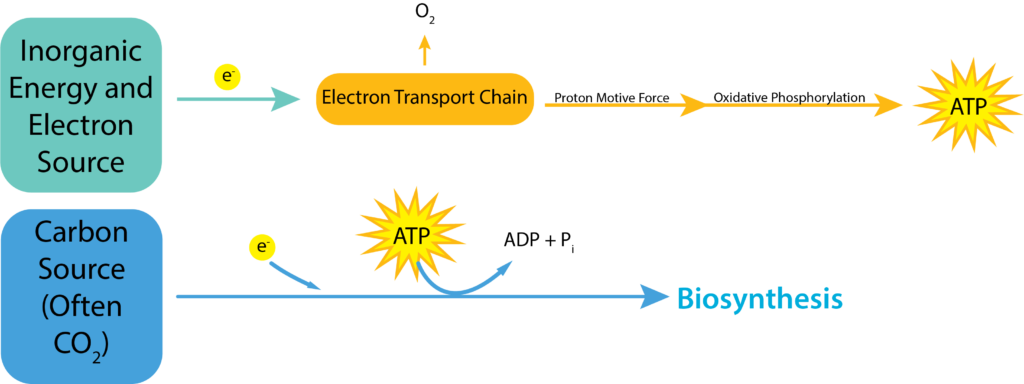
. SOKATCH in Bacterial Physiology and Metabolism 1969 2 Utilization of chemical energy. Chemolithoheterotrophs are generally bacteria. A lithotroph is an organism that uses an inorganic substrate usually of mineral origin to obtain reducing equivalents for use in biosynthesis eg carbon dioxide fixation or energy conservation via aerobic or anaerobic respiration.
Hydrogen bacteria Sulfur bacteria Nitrifying bacteria Iron bacteria All of the above. Both have CO2 as their carbon source and substrate for biosynthesis. At acidic pH which is the only viable acceptor.
Bacteria which use chemolithotrophic energy metabolism. Carbohydrates and proteins Inorganic materials iron oil and ammonia sunlight. Chemotrophs are divided into chemolithotrophs those which use inorganic energy sources and chemoorganotrophs those which use organic energy sources.
Chemoautotrophs on the other hand derive energy for their life functions from inorganic chemicals. Carbon dioxide inorganic molecules. Food sources for chemolithotrophs can include elemental sulfur and elemental gas.
Which energy source Fe 2 or H2S would result in the greatest energy yield when O2is used as a terminal electron acceptor hint. Chemolithotrophs fix inorganic carbon and if consumed by other microbes could serve as sources for all three requirements for life. Chemolithotrophs use a variety of inorganic compounds as electron donors with the most common substances being hydrogen gas sulfur compounds such as sulfide and sulfur nitrogen compounds such as ammonium and nitrite and ferrous iron.
The energy produced by the oxidation of these compounds is enough for ATP production. Chemoorganotrophs use which of the following as an energy source. Refer to figure 67.
Conversion of light energy into chemical energy ATP. Organic molecules carbon dioxide. Chemolithotrophs use as the energy source and as carbon source.
The sum total of all reactions in a cell is known as. Known chemolithotrophs are exclusively microbes. A newly described bacterial species has been shown to use CO2 as its carbon source.
Electrons in anoxygenic. Photoautotrophs use energy from sunlight to make their biological materials. For chemolithotrophs what is the carbon source and what is used for biosynthesis.
Chemolithotrophs use reduced inorganic compounds as an energy source. On the basis of the energy supply organisms are classified as organotrophs and lithotrophs. Chemotrophs are organisms that obtain energy by the oxidation of electron donors in their environments.
The energy yield from the use of inorganic compounds is not nearly as great as the energy that can be obtained by other types of bacteria. These molecules can be organic chemoorganotrophs or inorganic chemolithotrophsThe chemotroph designation is in contrast to phototrophs which use solar energyChemotrophs can be either autotrophic or heterotrophicChemotrophs can be found on. Organisms which use chemical energy for growth are chemotrophs.
Complete step by step answer. Because deriving energy from inorganic minerals is not as efficient is digesting sugars using cellular respiration organisms that use this energy source are generally small and simple. Or other organisms that use the energy from sunlight to convert carbon dioxide to.
The bacteria found in the caves we study are chemolithoautotrophs and they are utilizing sulfur from the bedrock to fuel their life cycle and possibly support the higher order. They use inorganic molecules for energy. Most prokaryotes and every one.
Some bacteria can use the oxidation of iron compounds as their primary energy source. Carbon dioxide The host cells that viruses can infect are determined by the receptors on the host cells. In addition to this division lithotrophs differ in the initial energy source which initiates ATP production.
The substances that donate electrons to the electron transport. Its energy source and its source of reducing power electrons are inorganic chemicals. But chemoautotrophs and chemolithotrophs do not usually face competition from other microorganisms so the energy they are able to obtain is sufficient to sustain their existence.
No known macrofauna possesses the ability to utilize. How do chemolithotrophs acquire energy. For a carbon source chemoorganotrophs generally use such compounds as.
Iron-oxidizing bacteria typically live in acidic aerobic. If an oxidation reaction occurs a reduction reaction must also occur because. Chemolithotrophs do not use organic compounds as a.
They are chemolithotrophs that use ferrrous iron as their energy source and is coupled to oxygen and nitrate for the reduction. This flow chart may be useful in determining whether an organism is an autotroph and if so which kind it is. This is very similar to the role that photosynthetic microbes play in the top levels of the oceanslakes.
Inorganic molecules organic molecules. Chemolithoautotrophic bacteria are microbes that utilize chemicals chemo from the bedrock litho as an energy source for making their own auto food troph. B Because chemolithotrophs will also use energy from sunlight to form their sugarsget their chemical.
Biology questions and answers. They use carbon dioxide as a carbon source. People who may use inorganic compounds as energy sources are referred to as chemolithotrophs.
The following groups of bacteria are considered chemolithotrophs since they are capable of gaining energy from inorganic sources. Biology questions and answers. Which of the following may be used as sources of energy by chemolithotrophs.
Chemotrophs that may use organic compounds as energy sources are referred to as chemoorganotrophs. PMF and NADH production biosynthesis phototrophs use photosynthesis as a source of. Bacteria capable of using inorganic rather than organic molecules for their fueling reactions are termed chemolithotrophs and iron-oxidizing bacteria are a major group in this nutritional category.
Hydrogen oxidizers these organisms oxidize hydrogen gas H2 with the use of a hydrogenase enzyme. Which of the following can bacteria use as a source of energy.
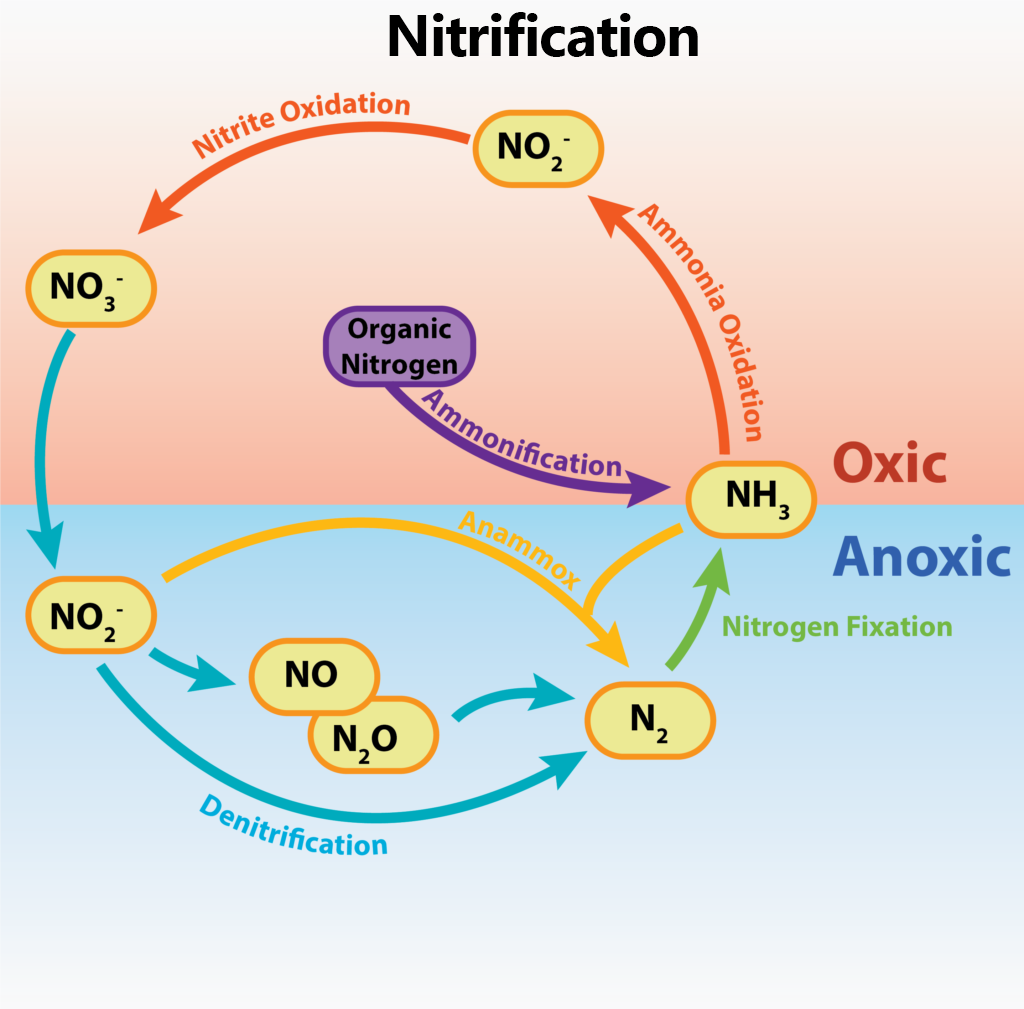
Chemolithotrophy Nitrogen Metabolism General Microbiology

Difference Between Chemoorganotrophs And Chemolithotrophs Compare The Difference Between Similar Terms

Microbial World What Is Chemolithotrophs Chemolithotrophy Organisms That Obtain Their Energy For Oxidation Of Inorganic Compounds Are Called Chemolithotrophs Chemolithotrophic Organisms Get All Types Of Cellular Carbon From Co2 And

Microbiology Ch11 Know In Detailcatabolism And Energy Metabolism Flashcards Quizlet
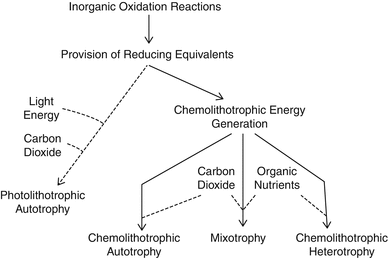
The Chemolithotrophic Prokaryotes Springerlink

Electron Flow In Sulfur Chemolithotrophic Bacteria Youtube
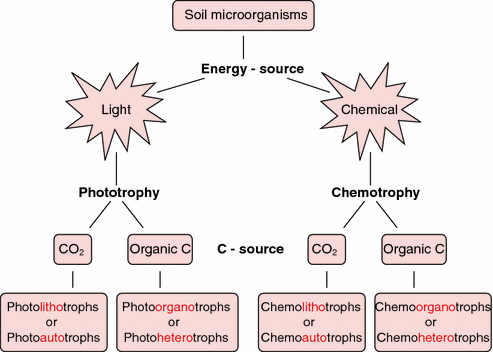
Nutritional Types Of Bacteria Microbe Online

The Calvin Benson Bassham Cycle Used By Chemolithotrophs Bertrand Download Scientific Diagram

Nutritional Types Of Bacteria Microbe Online

14 Chemolithotrophy Nitrogen Metabolism Biology Libretexts
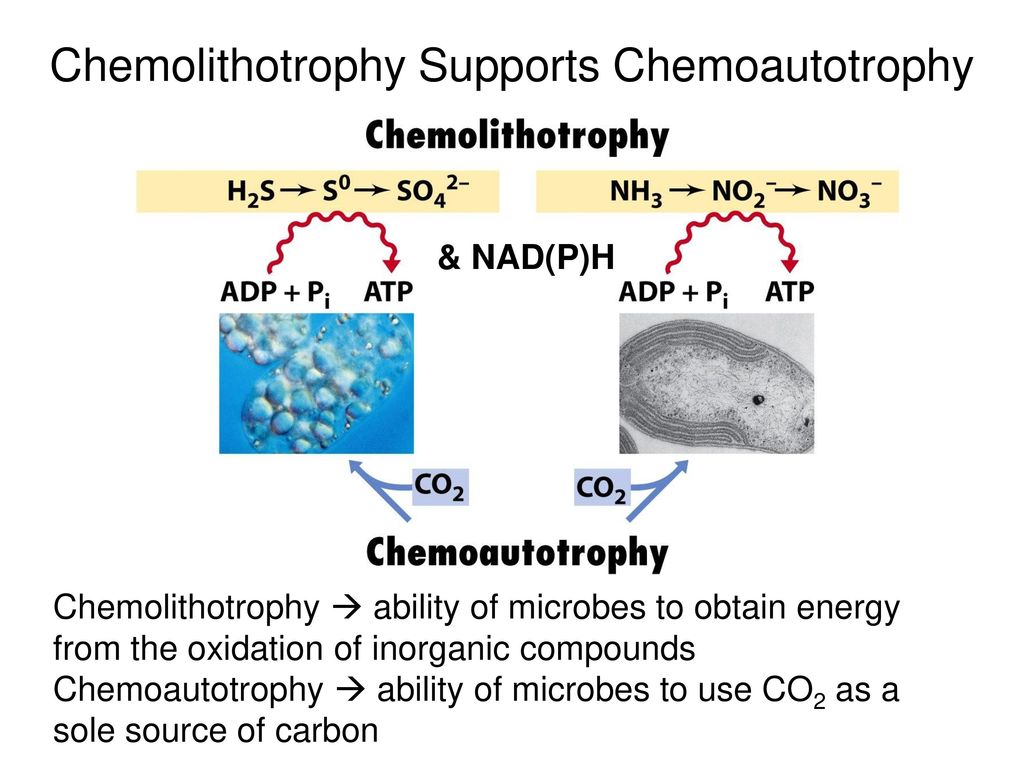
Lecture 18 Something From Almost Nothing Chemoautotrophy And Chemolithotrophy So We Ve Already Talked About Bacteria Which Ppt Download

Isolation Conditions Of Thermophilic Chemolithotrophic Bacteria Download Table

Chemolithotrophy Nitrogen Metabolism General Microbiology



Comments
Post a Comment